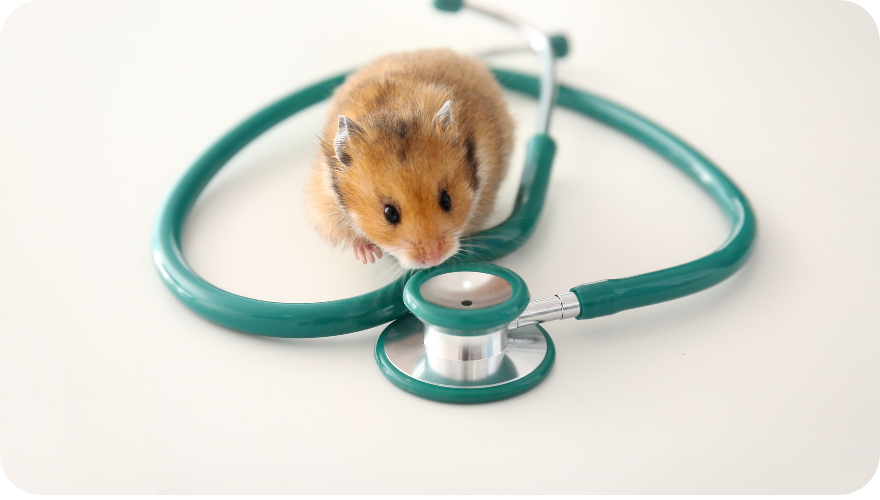In this post, we will discuss the dangers of hamster wet tail disease. This disease is extremely deadly and can happen to any hamster in your care.
We have compiled a list of things you should do as well as some tips on how to prevent this condition from happening in the first place.
What is Wet Tail Disease?
A wet tail is basically diarrhoea, and it’s a pretty common problem among hamsters. The term “wet tail” refers to just that—a wet tail, on your pet hamster.
This watery stool usually comes from one or multiple factors: Lawsonia intracellularis (bacteria) has taken root inside them, their immune system might be compromised either due to illness or stress, or inflammation around the large intestine.
But from research and reading, the main cause of this disease is stress.
Why Hamsters Stress?
Stress can be caused by many things. For example, when you handle your hamster too roughly or change its living environment suddenly it may become stressed out.
Keeping a dirty cage for your pet to live in is also not healthy and could even cause illness depending on the type of bacteria found within that area.
If you do your best to keep stress levels down for your hamster, then they’ll be able to avoid getting the wet tail disease.
Symptoms
The symptoms of this disease maybe don’t show up for a few days.
The main symptom of this disease is the animal has a wet tail, with or without faeces stuck to it.
Other signs include:
- bad smell or foul odour
- diarrhoea
- lethargy
- excessive sleepiness/ slowness
- lack of appetite (animal goes off food)
You may also notice your pet walks hunched over and they have folded ears which are unusual.
Besides that, if you notice any strange behaviour like biting or nipping then chances are it’s got the wet tail disease.
How To Treat Wet Tail Disease in Hamsters?
It is usually not fatal if caught early, but can become deadly if it progresses for more than two days after getting the symptoms.
Treatment may include antibiotics to fight the bacteria in addition to fluids and electrolytes to replace what has been lost in body fluids.
It’s important that any hamsters suffering from wet tail disease receive prompt treatment to keep them alive and healthy.
How to Prevent Wet Tail Disease?
Hygiene is the best way to prevent wet tail disease in your pet hamster.
Clean up any faeces, quickly pick up food dishes and water bottles when they are knocked over with even just a little bit of spilled liquid, maintain clean bedding on their habitat, and don’t forget to replace it if you notice large amounts being soaked through from urine or droppings as this can cause them to feel stress.
If you are an owner with more than one hamster, be sure to keep your pets separated if they happen to catch the wet tail disease.
You should also wash your hands before touching the healthy pet after handling the sickly hamster.
